Electric vehicles represent a transformative shift in automotive technology, combining sophisticated battery systems with advanced power electronics for superior efficiency. Modern EVs deliver impressive range capabilities through multi-level charging options, from standard Level 1 to rapid DC fast charging. Operating costs typically run one-third of traditional vehicles, while smart energy management and expanding infrastructure continue to enhance practicality. Design innovations and government initiatives are rapidly addressing early adoption challenges, making EVs an increasingly compelling transportation solution.

While the automotive industry continues to evolve, electric vehicles have emerged as a transformative force in personal transportation. These vehicles, powered by sophisticated battery packs rather than internal combustion engines, deliver zero tailpipe emissions while achieving superior energy efficiency compared to their gasoline counterparts. The technology behind EVs has matured considerably, with modern electric vehicles utilizing advanced power electronics controllers, high-capacity traction batteries, and smart thermal management systems to deliver reliable performance. The onboard charger converter transforms AC power from external sources into DC power suitable for battery charging.
The charging infrastructure for EVs has expanded greatly, offering multiple solutions for different needs. Level 1 charging, though slower, provides accessibility through standard wall outlets, while Level 2 charging delivers faster replenishment times suitable for overnight charging. DC fast chargers, increasingly available at public locations, can restore substantial range in just 30 minutes. The emergence of wireless charging technology promises to eliminate the need for physical connections altogether. Silicon anodes are revolutionizing battery technology by significantly enhancing energy storage capacity and vehicle performance.
Electric vehicles present compelling advantages regarding operating costs and environmental impact. The simplified powertrain requires less maintenance, and electricity costs typically amount to one-third of equivalent gasoline expenses. Recent technological advances have improved EV efficiency by 15% over the past decade, while driving ranges have increased by approximately 200% through battery innovations. Vehicle-to-Grid capabilities now enable EVs to contribute surplus energy back to the power grid. The integration of autonomous features is reshaping the future of electric mobility.
Electric vehicles deliver remarkable cost savings and eco-benefits, with efficient powertrains, reduced fuel expenses, and innovative grid integration capabilities.
Despite these advantages, certain challenges persist in the EV landscape. The higher initial purchase price, though offset by long-term savings and tax incentives, remains a consideration for many buyers. Weather conditions can affect battery performance, and charging times for non-fast chargers require careful trip planning.
However, ongoing developments in battery technology and charging infrastructure continue to address these limitations. The integration of smart energy management systems and the expansion of charging networks worldwide are steadily removing barriers to adoption. With government initiatives supporting the shift to electric mobility and continuous technological improvements, electric vehicles are positioned to play an increasingly important role in the future of transportation.
Frequently Asked Questions
How Long Does It Take to Charge an Electric Car at Home?
Charging time at home varies greatly based on the charging level used.
Level 1 charging (120V) takes 40-71 hours for a full charge, adding 3-5 miles of range per hour.
Level 2 charging (240V) is considerably faster, completing a full charge in 4-12 hours while adding 20-60 miles per hour.
Factors affecting charging duration include battery size, vehicle’s charging capacity, and ambient temperature.
Can Electric Cars Be Charged During Thunderstorms and Heavy Rain?
While electric cars can be safely charged in rain due to waterproof connectors and built-in safety features, charging during thunderstorms is not recommended.
The risk comes not from water exposure but from lightning-induced power surges that could damage charging equipment and vehicle batteries.
Best practice is to unplug during severe storms and use covered charging locations when possible.
Most EV charging systems include automatic shutoffs that prevent electrical hazards in wet conditions.
What Happens if My Electric Car Runs Out of Power Mid-Journey?
When an electric car’s battery depletes, the vehicle provides progressive warnings and gradually reduces performance.
Initially, non-essential systems shut down while maintaining vital functions like steering and brakes.
Once fully depleted, the car stops completely.
Drivers should activate hazard lights, pull safely off the road, and contact roadside assistance for towing to the nearest charging station.
Portable charging devices can provide emergency power in some situations.
Do Electric Cars Lose Battery Capacity in Extremely Cold Weather?
Electric vehicles experience significant battery capacity reduction in cold weather, with range losses up to 41% below 20°F.
This occurs because lithium-ion chemistry slows in cold conditions, while heating systems draw additional power.
Modern EVs with heat pumps perform better, losing only 20% range versus 40% in older models with resistive heaters.
Preconditioning while charging and garage parking help minimize these effects.
How Much Does It Cost to Replace an Electric Car Battery?
Electric car battery replacement costs vary considerably by model and manufacturer, typically ranging from $5,000 to $20,000.
A Tesla Model 3 battery costs approximately $16,000 to replace, while a Nissan Leaf runs about $6,200.
Labor charges add $900-$2,300 to the total.
Third-party options can reduce expenses, though they may lack manufacturer warranties.
Battery prices continue declining, having dropped 89% since 2008.
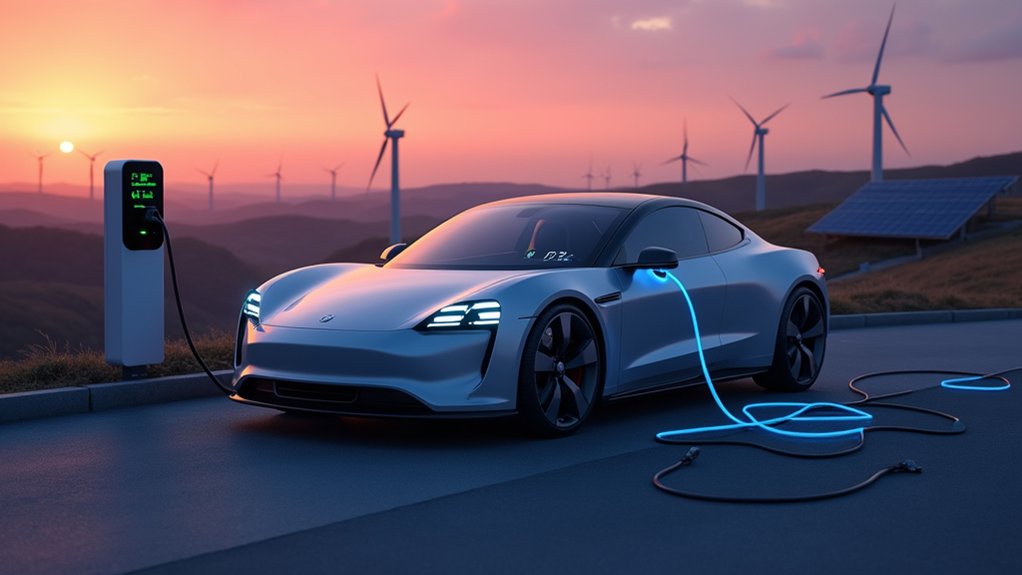
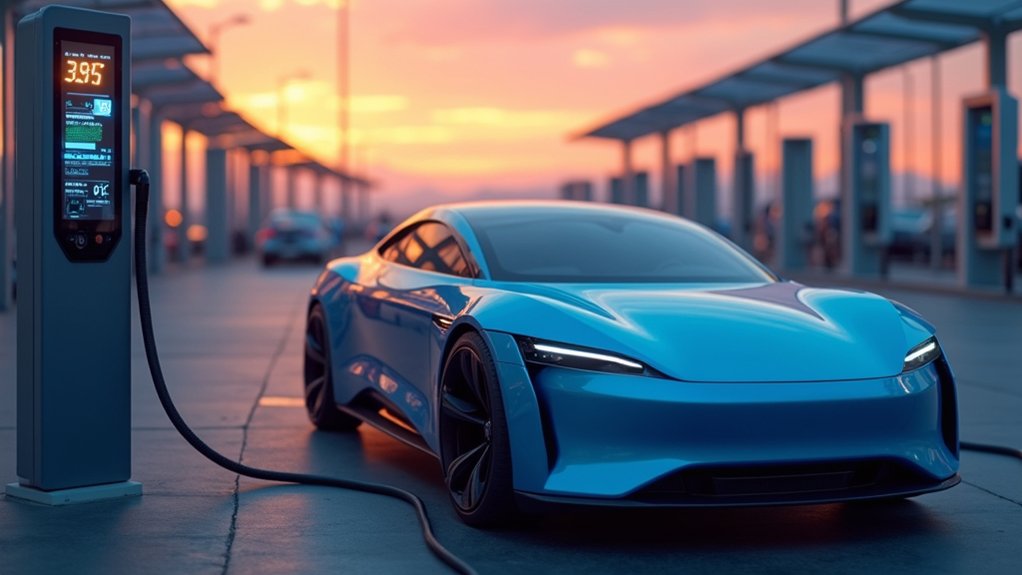
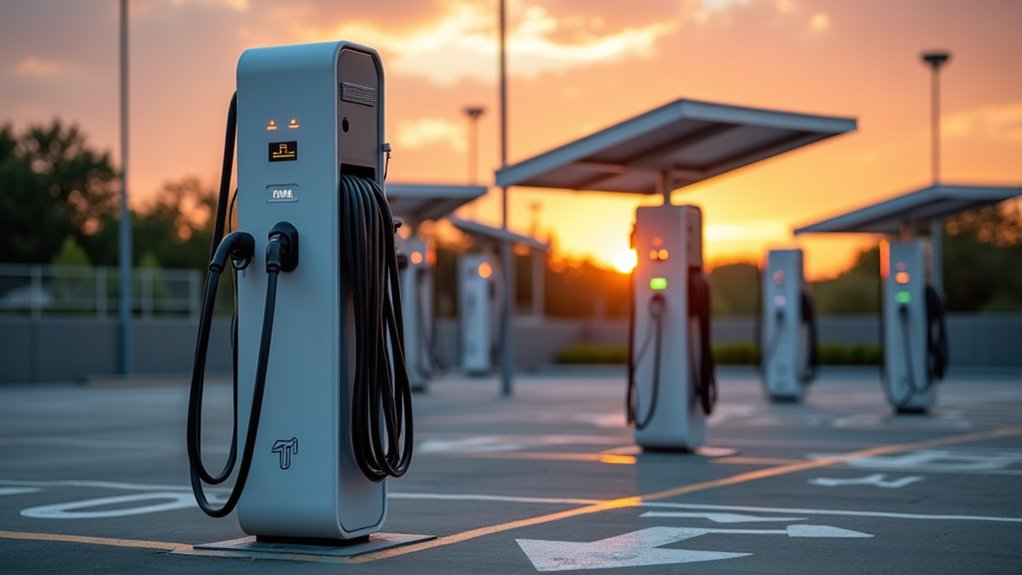
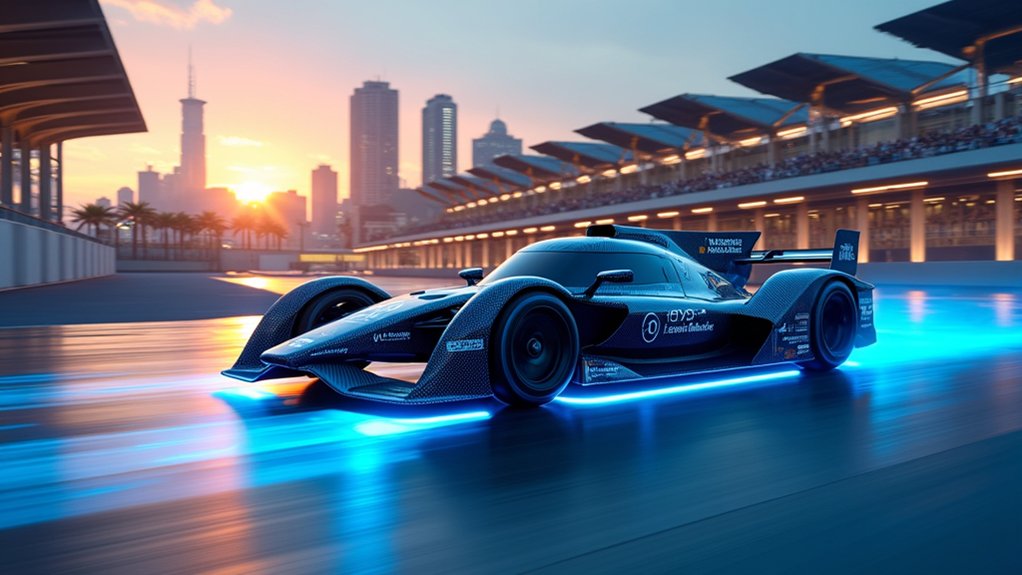
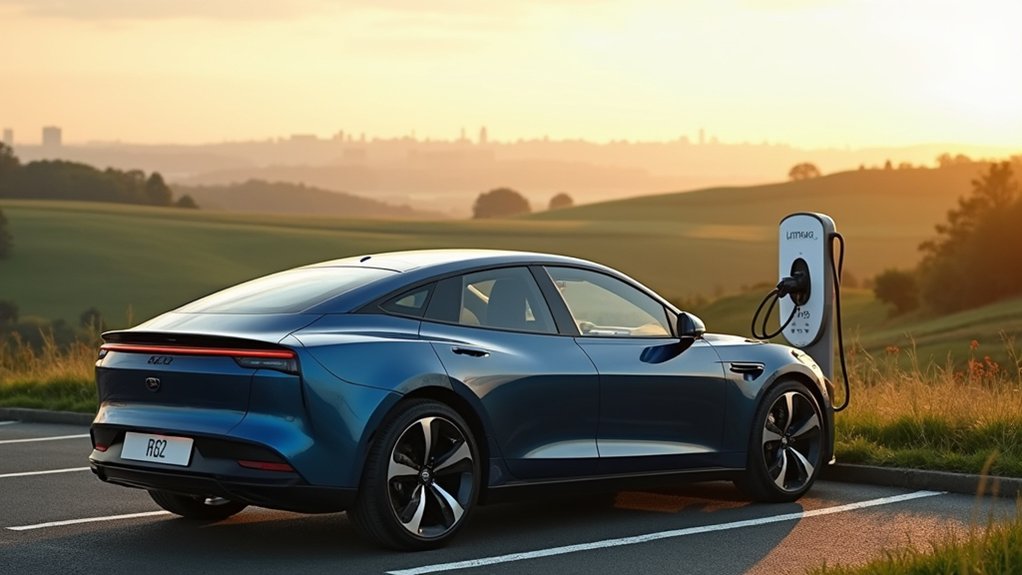
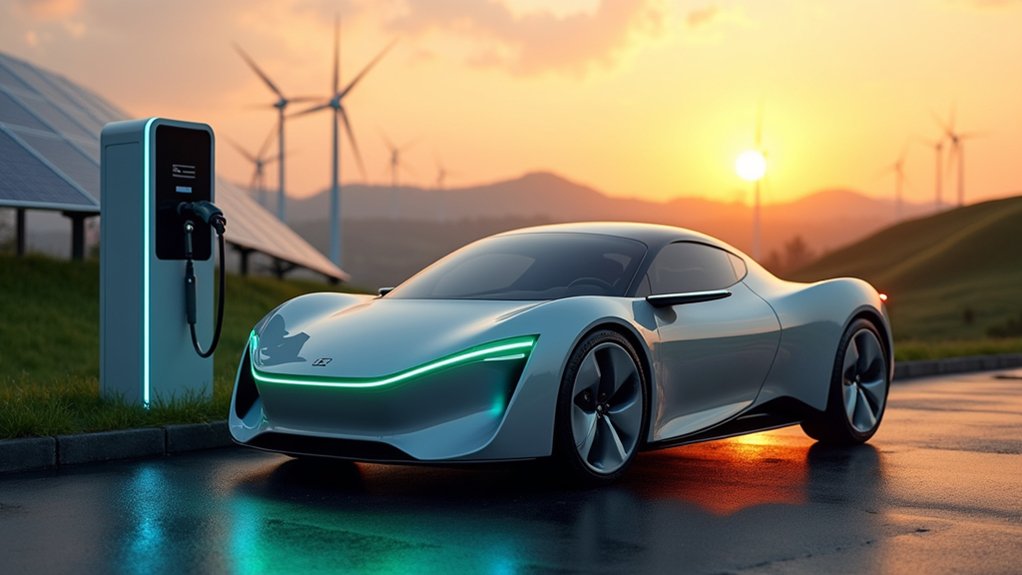



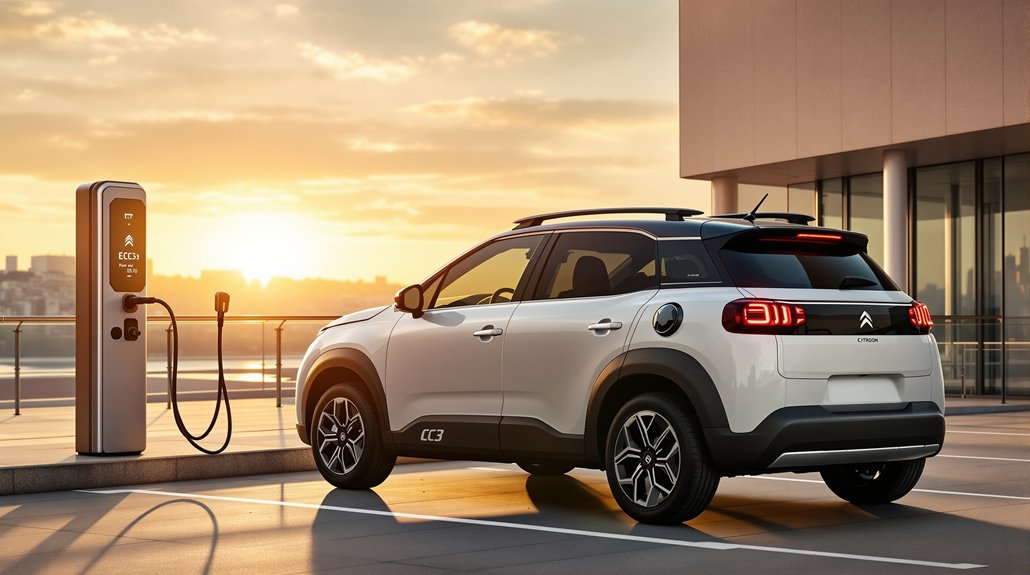
2 comments